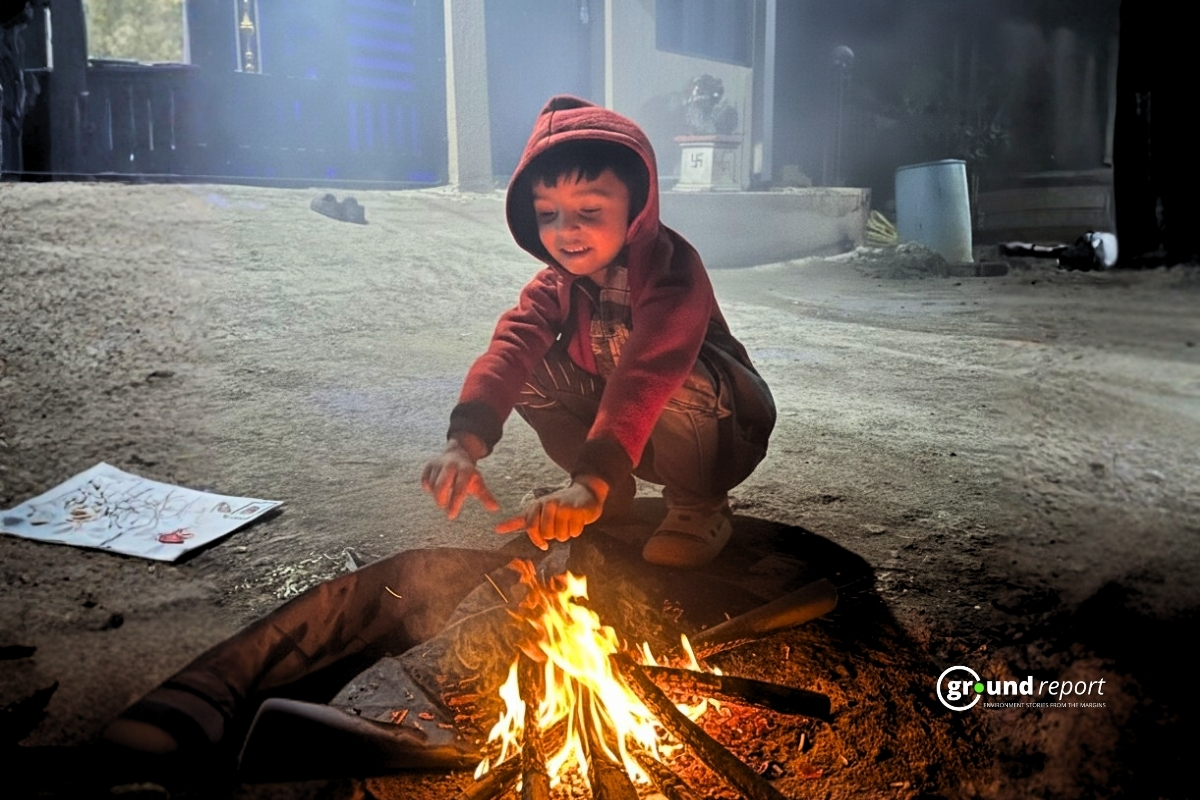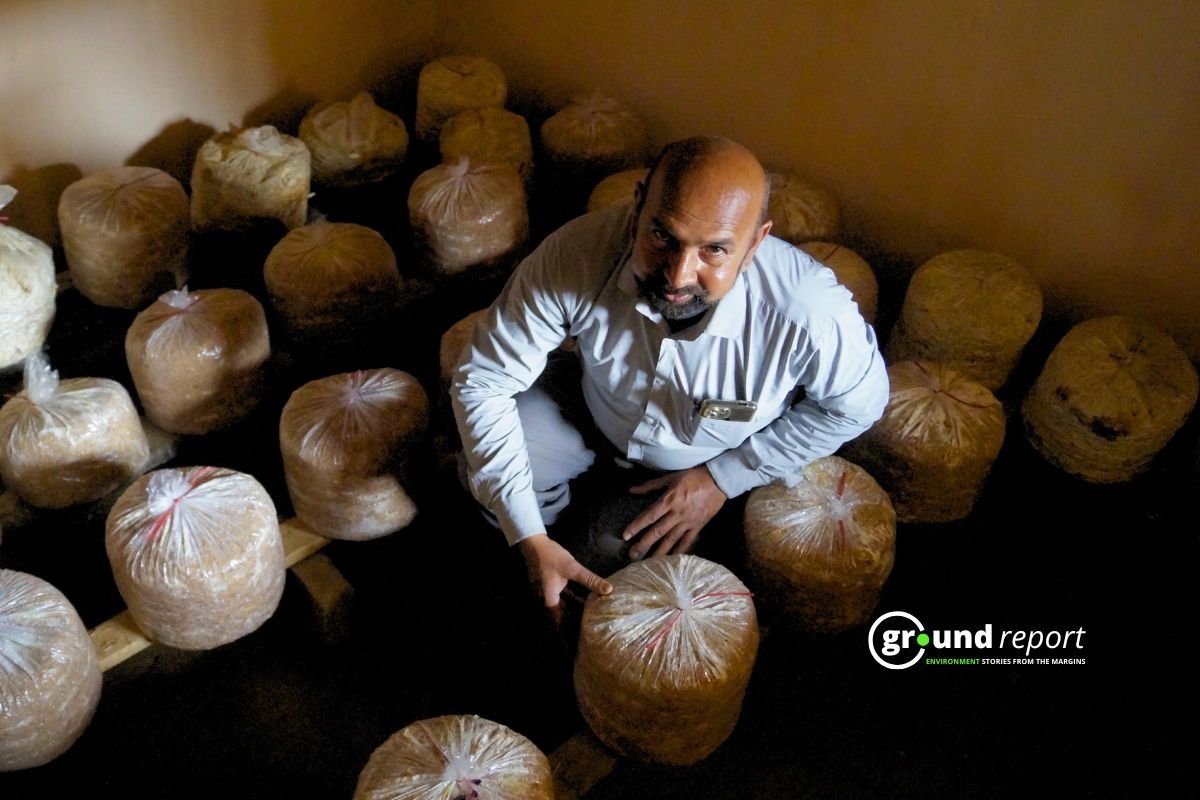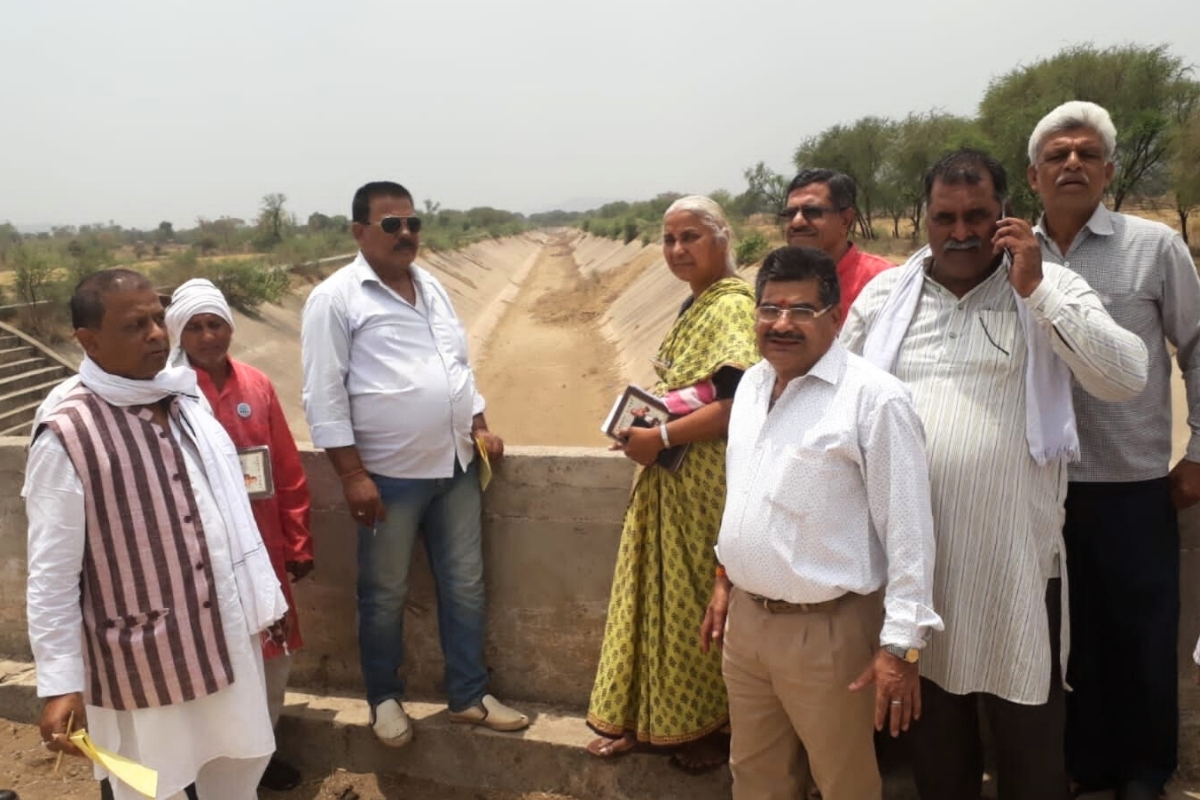Thunderstorms and lightning swept across Central and Eastern India on April 10 and 11. In just 48 hours, at least 126 people died—82 in Bihar, 23 in Uttar Pradesh, and others in Chhattisgarh, Jharkhand, and Odisha. Nepal also reported eight deaths.
Most of the victims were poor, rural residents—farmers, daily wage earners, and people living in weak housing. Many were outdoors when the storms hit. Others had no safe shelter. For them, the strikes came with no time to react.
The Indian Meteorological Department (IMD) had issued warnings. It flagged the risk of lightning, strong winds, and hailstorms across much of northern and eastern India. But in many places, the alerts did not reach the people most at risk.
Local officials failed to act on time. Many district authorities didn’t run awareness drives. Public messages on how to stay safe during lightning were missing. As a result, people didn’t know what to do—where to go, what to avoid.
For many of the victims, this disaster was an unexpected tragedy, leaving them vulnerable with little time to react.
Deaths in Bihar
Bihar was the hardest hit. Nalanda district recorded the highest death toll, with 18 people killed. Overall, 25 people died from lightning strikes and hailstorms across several districts, including Siwan, Katihar, Darbhanga, Begusarai, Bhagalpur, and Jehanabad.
The storms uprooted trees, numerous injuries and extensive property damagehar State Disaster Management Authority confirmed that several others were injured, and property damage was widespread.
Chief Minister Nitish Kumar expressed his condolences for the victims and announced a ₹4 lakh ex gratia for each family. This is part of the state’s disaster compensation policy, aimed at providing immediate financial support to affected families. But the severity of the damage, particularly in rural areas, highlights the need for better disaster management.
Deaths in Uttar Pradesh
Uttar Pradesh also faced deadly storms. In total, 22 people died from lightning strikes and falling trees or walls. The worst-hit districts were Fatehpur and Azamgarh, each losing three people. Other districts like Firozabad, Kanpur Dehat, and Sitapur also saw fatalities and injuries.
Chief Minister Yogi Adityanath responded quickly, offering ₹4 lakh in compensation to the families of the deceased. The government also ordered damage assessments for crops and property, ensuring relief for those affected.
While compensation is necessary, it doesn’t address the broader issues that lead to such high fatalities during extreme weather events.
The victims in both states were mainly from rural areas. Farmers, who work outdoors, are especially vulnerable to lightning strikes. Many were caught off guard and had no time to seek shelter. In addition, these rural areas often lack the infrastructure to withstand such severe weather, with homes lacking sturdy roofs and power lines vulnerable to storms.
Rural communities often face the greatest risks from extreme weather. They lack access to early warning systems and disaster preparedness resources. The absence of community shelters or safe zones makes it harder for people to protect themselves during storms.
Experts link the rise in lightning fatalities to climate change. The storms that hit Bihar and Uttar Pradesh were part of a larger weather pattern affecting much of eastern and central India. As global temperatures rise, sea surface temperatures increase, adding moisture to the atmosphere and fueling more intense thunderstorms.
These conditions are leading to more lightning events. According to the IMD, the number of lightning strikes has risen by 53% in the past three years, with an increase in cloud-to-ground lightning, which directly impacts human settlements.
Lightning fatalities are a growing concern, especially in states like Bihar and Uttar Pradesh, which are vulnerable to these weather patterns.
Although the IMD issued warnings about storms and lightning, many people did not know about the risks or failed to take proper precautions. The IMD alerts are usually sent to local authorities, but they do not always reach the people who need them most. In rural areas with weak communication infrastructure, these warnings are often ineffective.
Support us to keep independent environmental journalism alive in India.
Keep Reading
‘Forever Chemicals’ found in all the world’s toilet paper
Trump shuts down staff helping families pay heating bills
Full list of words banned by Trump, including ‘Climate Change’
Oil companies seek Trump’s help to fight climate lawsuits & regulations
Follow Ground Report on X, Instagram and Facebook for environmental and underreported stories from the margins. Give us feedback on our email id greport2018@gmail.com.
Don’t forget to Subscribe to our weekly newsletter, Join our community on WhatsApp, and Follow our YouTube Channel






